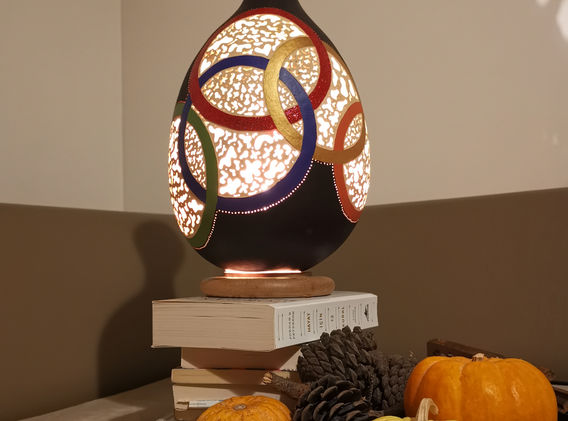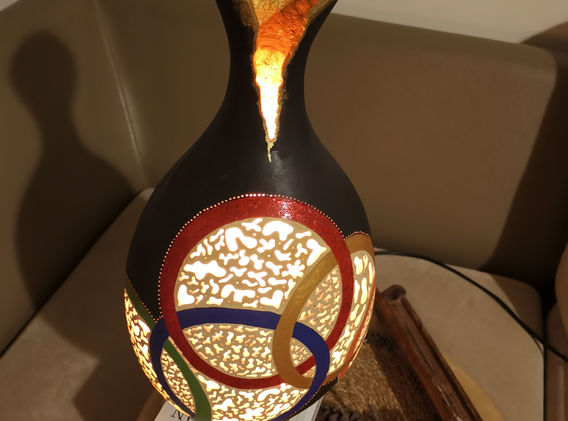

Symbolic Shapes
Symbolic shapes are often used in various cultures and traditions to represent specific meanings and concepts. For example, a circle can represent unity, wholeness, and eternity, while a triangle can symbolize stability, balance, and the trinity. Other shapes like squares, pentagons, and hexagons can also carry different symbolic meanings depending on the context and culture. In magic and occult practices, these shapes may also be incorporated into sigils, talismans, and other magical tools to enhance their power and efficacy.
Romance
Romance is the exploration of divine or spiritual aspects. This can include a wide variety of beliefs and practices, such as the idea of a soul mate, the use of prayer or meditation to develop romantic connections, or the discovery of past lives and karmic connections. Some occult practitioners may also explore the use of magic or other forms of spiritual energy to increase the strength and intensity of their romantic relationships.
Despite its often mystical or esoteric nature, the occult version of romance does not necessarily contradict more traditional ideas of love and sexuality. In fact, many people find that exploring the deeper aspects of love and sexuality through occult practices can actually increase their understanding and enjoyment of romantic relationships. By embracing the hidden or mysterious aspects of love and sexuality, practitioners of the occult version of romance can deepen their bond with their partner and experience a greater sense of fulfillment and spiritual growth in their relationships
Magical Circles
Magical circles are commonly used in various occult and spiritual practices to create a sacred space for performing rituals, spells, and other forms of magic. These circles are often drawn or visualized using specific symbols, colors, and materials, and are believed to provide protection and enhance the potency of the magic being performed.
Starfish
In some cultures and mythologies, starfish are associated with regeneration and healing, as they can regenerate lost arms or limbs. In some Native American cultures, the starfish is considered a symbol of the stars in the sky and is associated with the power of the universe. In ancient Greek mythology, the starfish was associated with Aphrodite, the goddess of love and beauty, who was said to rise from the sea on a seashell pulled by a pair of dolphins.
In modern times, some people may associate starfish with romantic notions as they are associated with beach weddings and seaside romance. Starfish can also be a popular decorative element in romantic or coastal-themed home decor and accessories. However, it is important to remember that starfish are living creatures and should not be harvested or used as ornaments without considering their health and protection.
Olympics
The Olympic rings logo, which consists of five interlocking rings in different colors, was designed by Pierre de Coubertin in 1913. The rings represent the union of the five continents participating in the Olympic Games: Africa, America, Asia, Australia, and Europe. The colors of the rings (blue, yellow, black, green and red) were chosen because they appeared on the flags of all participating nations at that time.
Love of Cats
Cats were highly respected in ancient Egypt: Ancient Egyptians worshiped cats and believed they were sacred animals with supernatural powers. They associated cats with the goddess Bastet, who was often depicted as a cat-headed woman. Cats are seen as guardians of the home and believed to bring luck and luck to their owners. In ancient Egypt, when a cat died, its owners often mourned it and sometimes even embalmed the cat and buried it with great ceremony.
Ancient Roman cats were also highly valued: In ancient Rome, cats were kept as pets and were highly valued for their ability to catch mice and other pests. It is said that Roman emperors such as Augustus and Julius Caesar had domestic cats and were sometimes given as gifts to foreign dignitaries. The Romans also believed that cats had healing powers and were often used in medicinal drugs. In fact, the Roman naturalist Pliny the Elder wrote that cat saliva could cure a variety of ailments, from snake bites to epilepsy.
Sunset
In Navajo culture, there is a legend about the creation of the sunset and the migration of birds. Legend has it that the Great Spirit created the sun and the moon to illuminate the world. However, the sun was so bright that it made it difficult for people and animals to see during the day.
To solve this problem, the Great Spirit asked the birds to help. He urged eagles, hawks, and other birds of prey to fly into the sky and carry the sun with them as they traveled the world. The birds agreed to help and took turns carrying the sun in their claws as they flew. But one day, a small brown bird called a wren begged the other birds to let it carry the sun. They laughed at him and said that he was too small and weak to carry such a heavy load. Undaunted, the wren hid behind the eagles and caught the sun with its beak. He flew into the sky with the sun in his mouth, but it was so hot it burned his throat and turned his feathers brown. From that day on, eagles and hawks allowed the bushbird to carry the sun during sunset. As the sun descended to the horizon, the bushbird would fly with the other birds, carrying a small piece of the sun in its beak. This is why in Navajo culture the wren is considered a sacred bird and sunset is seen as a time of transition and renewal.
Ongoing Projects
Poison Ivy
According to a Native American legend, there was once a mischievous spirit named Little Burnt Foot who loved to play pranks on people. One day, he decided to play a trick on a group of hunters who were tracking a deer through the forest.
As the hunters passed by a patch of poison ivy, Little Burnt Foot used his powers to make the plant appear as a beautiful flower with three petals. The hunters, unaware of the danger, stopped to admire the plant and even picked some to take back to their village.
The next day, the hunters woke up covered in itchy red bumps all over their bodies. They knew that they had been tricked by Little Burnt Foot and went to seek the help of the tribe's medicine woman. She gave them a poultice made from the leaves of a certain plant, which helped to soothe their itching and heal their rash.
The hunters learned a valuable lesson about the importance of paying attention to their surroundings and respecting the power of nature. From that day on, they never underestimated the dangers of the forest and always remembered to be cautious when exploring the wilderness.
Dream
Once upon a time, there was a young artist named Maya who lived in a small village at the edge of a vast forest. Maya was known throughout the land for her beautiful paintings, which depicted the fantastical creatures and landscapes that she saw in her dreams.
One day, Maya had a particularly vivid dream in which she saw a magnificent unicorn galloping through a lush green forest. The unicorn was so beautiful that Maya felt compelled to paint it, but she knew that capturing its beauty would be a difficult task.
Determined to make her dream a reality, Maya set out into the forest with her paints and canvases. For weeks, she searched for the perfect spot to paint her unicorn, but every time she tried, her paintings fell short of capturing its true essence.
Feeling frustrated and disheartened, Maya returned to her village and fell into a deep sleep. In her dream, she saw the unicorn once again, but this time it was surrounded by a chorus of singing birds and dancing flowers. Maya realized that the key to capturing the unicorn's beauty was to paint it within the context of the dream world.
With this realization, Maya awoke and set to work on her painting. She incorporated the singing birds and dancing flowers from her dream into her canvas, and as she painted, she felt as though she was once again in the dream world.
Finally, after many long hours of work, Maya stepped back and looked at her painting. It was as though the unicorn had come to life on the canvas, surrounded by a magical world of singing birds and dancing flowers.
Maya's painting became famous throughout the land, and people came from far and wide to see it. Maya realized that her dreams and her art were connected, and that by integrating the two, she had created something truly magical. From that day on, she continued to paint her dreams, and her art became a source of wonder and inspiration for all who saw it.












































































































